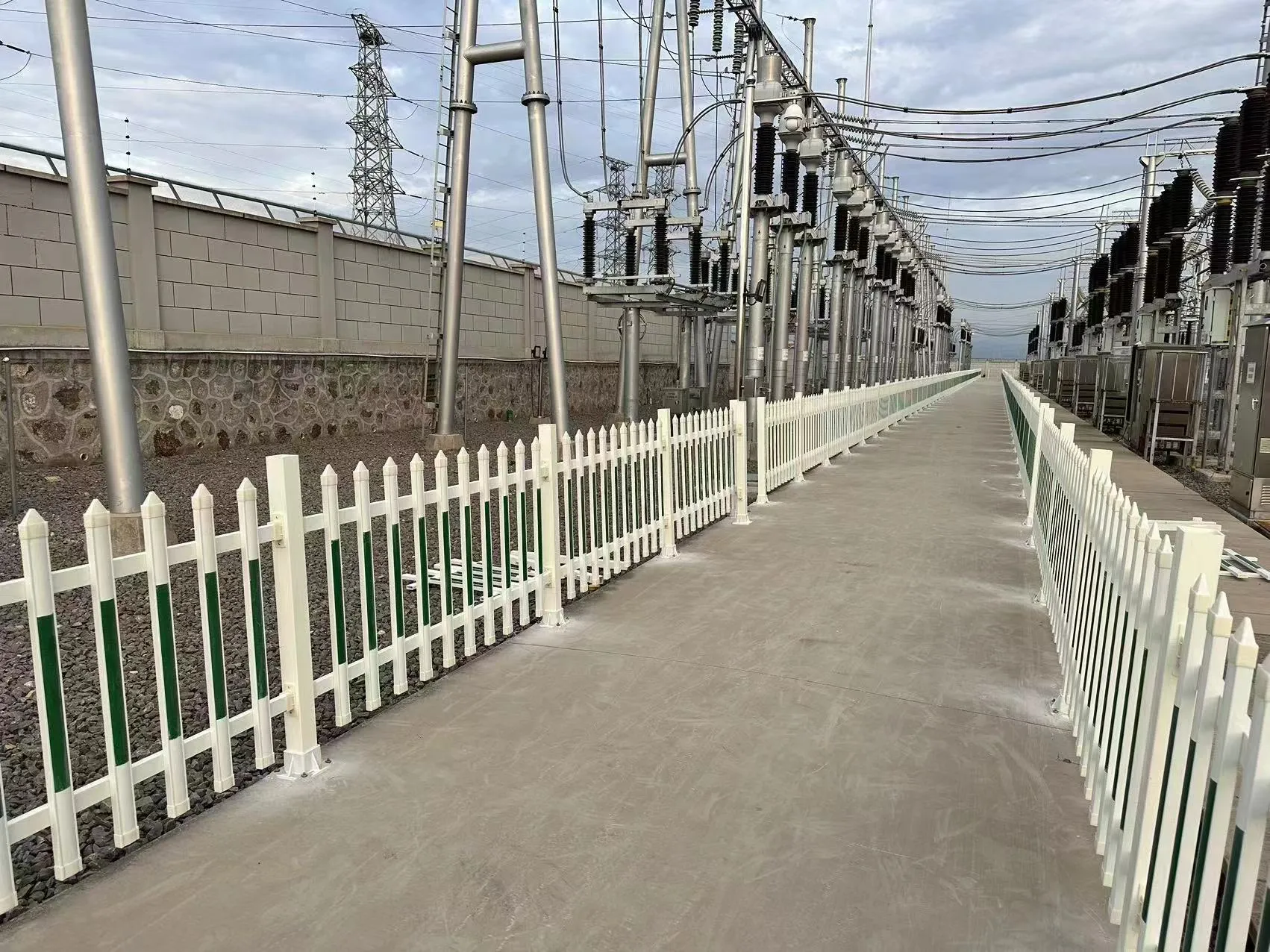loading...
- No. 9, Xingyuan South Street, Dongwaihuan Road, Zaoqiang County, Hengshui, Hebei, China
- admin@zjcomposites.com
- +86 15097380338
- Welcome to visit our website!
Design and Application of GRP Sectional Panel Water Storage Tanks for Efficient Solutions
Understanding GRP Sectional Panel Tanks A Comprehensive Guide
In the realm of water storage solutions, Glass Reinforced Plastic (GRP) sectional panel tanks have gained immense popularity due to their durability, versatility, and efficiency. These tanks are engineered to provide safe and reliable storage for potable water, wastewater, and chemicals. This article delves into the features, advantages, applications, and installation of GRP sectional panel tanks.
What are GRP Sectional Panel Tanks?
GRP sectional panel tanks are modular storage solutions made of fiber-reinforced composites. They consist of multiple panels that can be assembled on-site to create tanks of varying sizes and capacities. Typically, these panels are manufactured from a combination of fiberglass and resin, allowing them to resist corrosion and withstand various environmental conditions.
Key Features of GRP Sectional Panel Tanks
1. Customizable Sizes One of the significant advantages of GRP sectional tanks is their modular design. They can be configured in different shapes and sizes to meet specific storage requirements. This flexibility makes them suitable for both residential and industrial applications.
2. Corrosion Resistance Unlike traditional materials such as steel or concrete, GRP tanks are impervious to corrosion. This durability extends the lifespan of the tank and ensures that water quality remains uncompromised over time.
3. Lightweight Due to their composition, GRP sectional panel tanks are considerably lighter than conventional tanks. This characteristic simplifies transportation and installation processes, making them a preferred choice for many projects.
4. Inspection and Maintenance GRP tanks are designed to be easily inspected and maintained. Their smooth inner surfaces prevent the growth of bacteria and alga, thus ensuring that the stored water remains clean and safe for consumption.
5. Cost-Effective Although the initial investment might be higher than some alternatives, the long-term savings in maintenance, replacement, and water quality efforts make GRP sectional panel tanks a cost-effective solution.
Advantages of GRP Sectional Panel Tanks
- Environmental Impact GRP tanks are manufactured using materials that can be recycled, reducing environmental impact compared to traditional materials.
- Ease of Installation The panels can be assembled with minimal tools, making installation a quick and efficient process. This is particularly beneficial in remote locations where labor and equipment may be limited.
- Thermal Insulation GRP provides good insulation properties, which helps maintain the temperature of the stored liquid. This is particularly advantageous for industries where temperature control is critical.
- Resistance to Chemicals GRP tanks are designed to store a variety of chemicals without degrading, making them suitable for various industrial applications.
grp sectional panel tank

Applications of GRP Sectional Panel Tanks
GRP sectional panel tanks are versatile and can be utilized in numerous sectors, including
- Water Supply Ideal for municipal water supply systems, these tanks ensure a steady and clean flow of drinking water
.- Fire Protection Many industries use GRP tanks as part of their fire suppression systems, providing an ample supply of water for emergencies.
- Wastewater Treatment Their resistance to chemicals makes GRP tanks suitable for storing and treating wastewater.
- Industrial Use Industries dealing with chemicals frequently rely on GRP tanks due to their chemical resistance and durability.
Installation Process of GRP Sectional Panel Tanks
The installation of GRP sectional panel tanks is relatively straightforward. The process typically involves
1. Site Preparation Choosing a suitable site and preparing a stable base for the tank is crucial for the longevity of the installation.
2. Panel Assembly The panels are assembled on-site using bolts and nuts. It is critical to ensure that the connections are secure to prevent leaks.
3. Sealing and Testing Once assembled, the tank is sealed and tested for integrity, ensuring it can hold the intended capacity without any leaks.
4. Final Connections The necessary plumbing and connections to the water source and distribution system are established last.
Conclusion
GRP sectional panel tanks represent a modern and reliable solution for various water storage needs. With their customizable designs, resistance to corrosion, and cost-effectiveness, they have become a preferred option in many industries. As the demand for efficient water solutions continues to grow, GRP tanks are poised to play a crucial role in sustainable water management practices worldwide.
-
GRP Structures: The Future of Lightweight, High-Performance EngineeringNewsJun.20,2025
-
FRP Water Tank: High-Performance Storage for Corrosive and Clean Water SystemsNewsJun.20,2025
-
FRP Square Tube: The New Industry Standard for Chemical and Structural ApplicationsNewsJun.20,2025
-
FRP Pultruded Profiles: The Ultimate Choice for Lightweight Structural StrengthNewsJun.20,2025
-
FRP Handrails: The Safer, Smarter, and Stronger Choice for Modern InfrastructureNewsJun.20,2025
-
FRP Grating: The Smart Solution for Durable, Lightweight Industrial FlooringNewsJun.20,2025
-
Why Choose a Galvanized Water Tank for Your Storage NeedsNewsMay.21,2025
